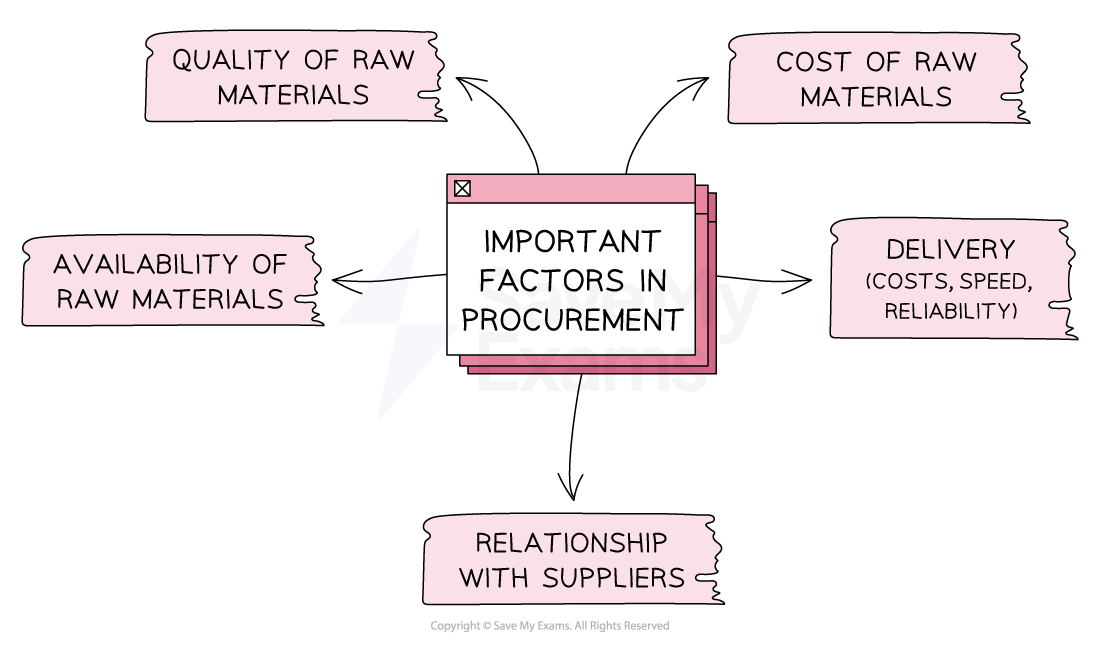Interpretation of Bar Gate Stock Graphs
- A Bar Gate Stock Control diagram illustrates the flow of stock (inventory) into and out of a business over time

An example of a stock control diagram
Diagram Analysis
- The maximum stock level is the maximum amount of stock a business is able to hold in normal circumstances (1600)
- The reorder level is the level at which a business places a new order with its supplier (800)
- The minimum stock level is also known as the buffer stock level and is the lowest level to which a business is willing to allow stock levels to fall (400)
- The lead time is the length of time from the point of stock being ordered from the supplier to it being delivered (1 week)
- The stock level line shows how stock levels change over the given time period
- As stock is used up a downwards slope is plotted
- When an order is delivered by a supplier the stock level line shoots upwards
Worked example
The diagram below shows stock movements of kitchen shelving units sold by TamFix Ltd.

Identify the following points:
- the minimum stock level
- the re-order level
- the re-order quantity
- the lead time for kitchen shelving units (4)
Step 1 - Identify the minimum stock level
The minimum stock level is identified by the bottom-most dotted line - in this case it shows that the minimum stock level is 200 units (1 mark)
Step 2 - Identify the reorder level
The reorder level is clearly identified on the diagram - in this case it shows that the reorder level is 500 units (1 mark)
Step 3 - Identify the reorder quantity
The reorder quantity is the difference between the maximum stock level (shown by the topmost dotted line) and the minimum stock level
1000 units - 200 units = 800 units
The reorder quantity is therefore 800 units (1 mark)
Step 4 - Identify the lead time for kitchen shelving units
The lead time is the difference in time between an order for stock being placed and its delivery. In this case, assuming a five-day working week, the lead time for shelving units is two days (1 mark)


